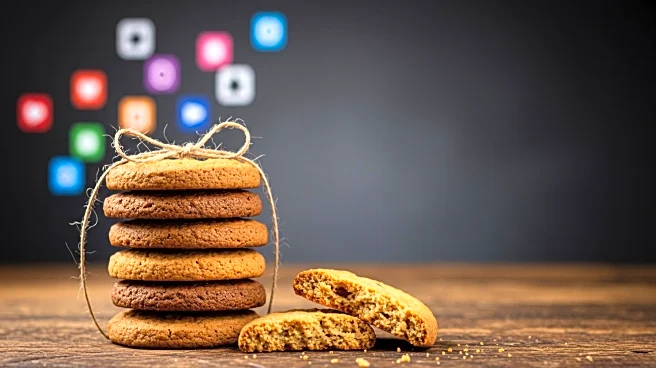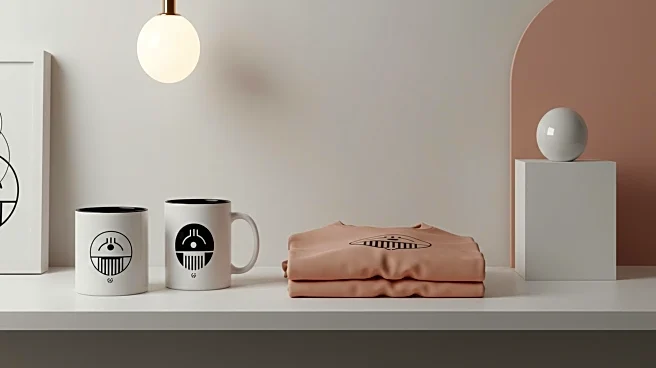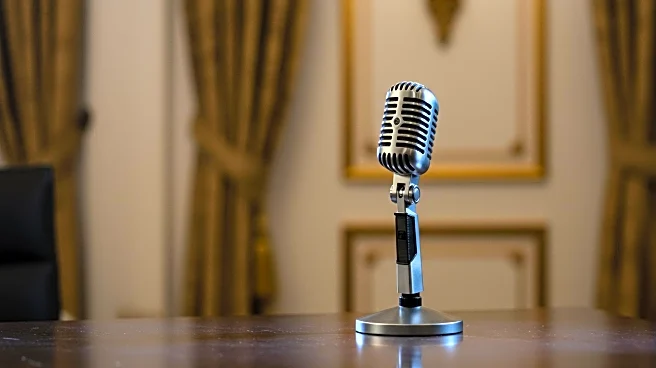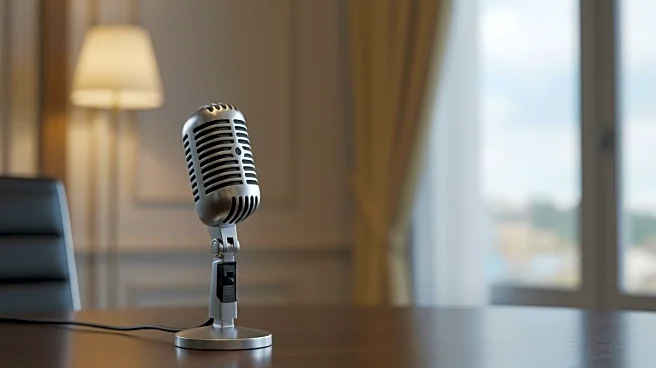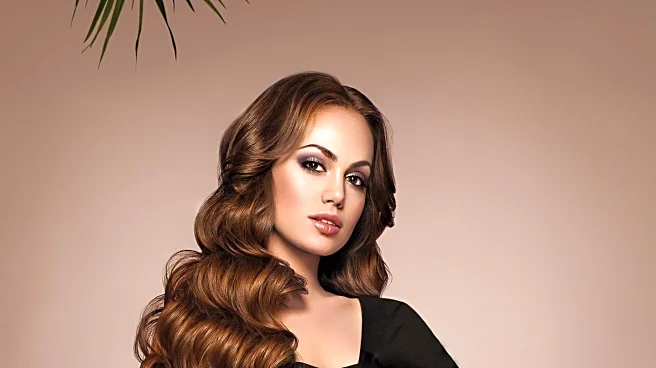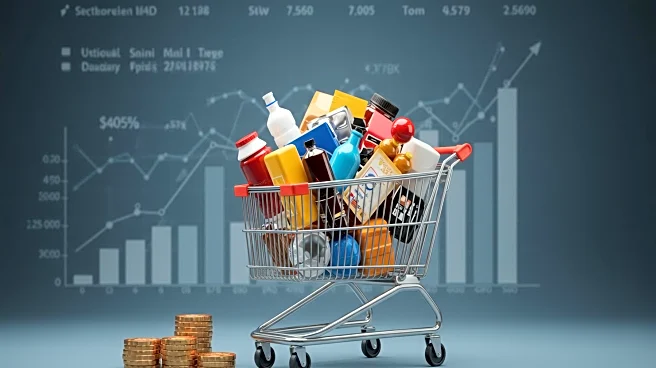What's Happening?
Unilever has announced a significant shift in its advertising strategy by allocating half of its annual ad budget to influencer marketing. This move, led by Fernando Fernandez, Unilever's president of beauty and wellbeing, has set a precedent in the industry, prompting other companies like Premier Foods and Nescafé to follow suit. The decision has led to a surge in demand for influencer partnerships, with creator rates increasing by up to 30%. Influencers are now taking on roles beyond content creation, acting as consultants and cultural strategists. This shift has also led to longer-term contracts and more selective partnerships, as creators become wary of ad fatigue and brand misalignment.
Why It's Important?
The strategic pivot by Unilever underscores the growing importance of influencer marketing as a core component of brand strategy. This shift is reshaping the advertising landscape, with higher entry costs and longer lead times becoming the norm. Brands are now focusing on building long-term partnerships with influencers to ensure consistency and effectiveness in their campaigns. The increased investment in influencer marketing reflects a broader trend towards leveraging social media platforms for brand engagement and consumer interaction. This change is likely to impact how brands allocate their marketing budgets and measure the success of their campaigns, emphasizing the need for strategic planning and creative execution.
What's Next?
As the influencer marketing landscape evolves, brands will need to adapt by planning campaigns well in advance and budgeting for higher influencer rates. The focus will likely shift towards creating content that can be amplified across multiple channels, ensuring that each piece of content contributes to a larger brand narrative. Additionally, brands may explore the use of virtual influencers and AI-driven content to maintain authenticity and control over their messaging. The industry will continue to see a rise in user-generated content as a cost-effective alternative to traditional influencer partnerships.
Beyond the Headlines
The rise of influencer marketing raises questions about authenticity and the potential for ad fatigue among consumers. As brands increasingly rely on influencers to reach their target audiences, there is a risk of oversaturation and diminishing returns. The challenge for brands will be to maintain genuine connections with consumers while navigating the complexities of influencer partnerships. Additionally, the use of virtual influencers introduces new ethical considerations regarding transparency and consumer trust.



